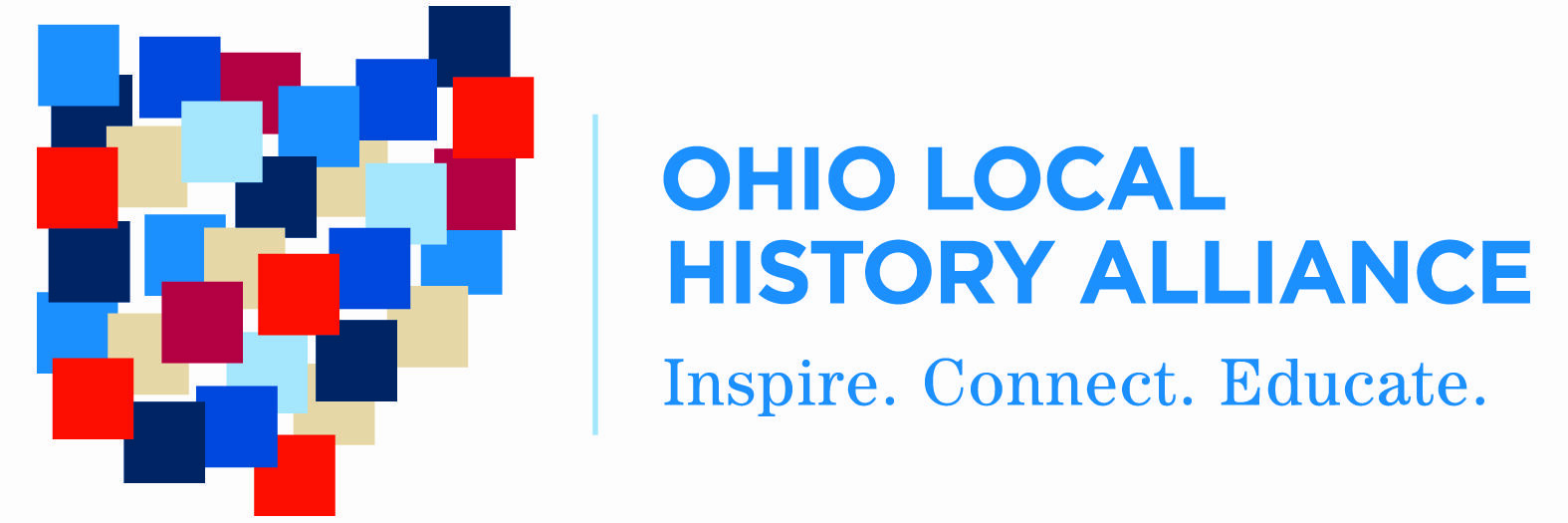
- This event has passed.
Arsenic and Old Lace: Controlling Hazardous Collection Materials
May 3, 2016 @ 1:30 pm - 3:00 pm
FreeAre there hazardous materials in your collection but you don’t know what to do with them? Or do you think you might have problem materials lurking in your collection that you don’t even know about? Hazardous collection materials can include, among other things, firearms, aged medicinals, heavy metal pesticides, tin-mercury amalgam mirrors, and mold. This webinar will help you identify hazardous collection items, the safety risks they pose to you and your visitors, and how to control those risks in practical ways. The presentation will provide you with resources to understand how materials can be chemically, biologically and physically hazardous as well as the differences between materials that are inherently hazardous by nature or design or those acquire hazardous properties through treatment, contamination or degradation.
After identifying hazardous materials, collections caretakers are responsible for creating a safe environment to anyone who may come in contact with them. A large portion of the webinar will cover steps you can take to minimize risks posed to you, your staff, visitors, and the collection using methods you can conduct on your own, as well as identifying situations where you need the help of a specialist. The discussion will include assessment and management options ranging from collections management protocols, such as labeling, rehousing and conservation treatments to scientific testing. Numerous collections care and public health and safety resources that will help you design and implement your risk management strategies will be provided. Throughout the webinar, there will be time for in-depth question and answer sessions using case studies provided by both presenters and attendees.
Presenters:
Kerith Koss Schrager is an objects conservator who provides conservation and preservation services for fine and decorative arts, historical, ethnographic and archaeological collections in the greater New York area. She has worked with institutions such as Historic Hudson Valley, the Brooklyn Museum, the Metropolitan Museum of Art, the FreerǀSackler Galleries (Smithsonian Institution) and the Field Museum. Kerith is a Professional Associate of the American Institute for Conservation (AIC) and serves as co-Chair of their Health & Safety Committee and on the board of the Conservators in Private Practice Specialty Group. As part of her private practice, she publishes, lectures and advises collections caretakers on the health and safety concerns of hazardous collection materials.
Anne Kingery-Schwartz is an objects conservator in private practice in the Washington DC area. Prior to starting her own business, Anne worked at a variety of museums including the Philadelphia Museum of Art, the National Museum of American Indian, and George Washington’s Mount Vernon. She’s been on the AIC Health & Safety Committee since 2012, and has been the co-Chair since the spring 2015. While on the committee, she’s drafted a number of health and safety focused articles, presentations, and brochures. She has worked to organize local respirator test fit workshops.
Kathryn Makos, a Certified Industrial Hygienist, recently retired from the Smithsonian Institution’s Office of Safety, Health and Environmental Management, where she was responsible for developing health risk management programs, conducting exposure risk assessments, and providing training to staff in collections care, research laboratories and shops. She has lectured and published widely on topics of hazards unique to museums and cultural institutions. Ms. Makos holds a Masters of Public Health from the University of Illinois, and is currently a Research Collaborator with the National Museum of Natural History. She is a member (and former Chair) of the AIC Health & Safety Committee, a member of the Society for the Preservation of Natural History Collections, and a co-editor for Health and Safety for Museum Professionals.
More information and registration.
To post an event listing on this page, email ohiolha@ohiohistory.org with “Event Listing” in the subject line.
